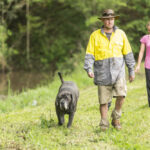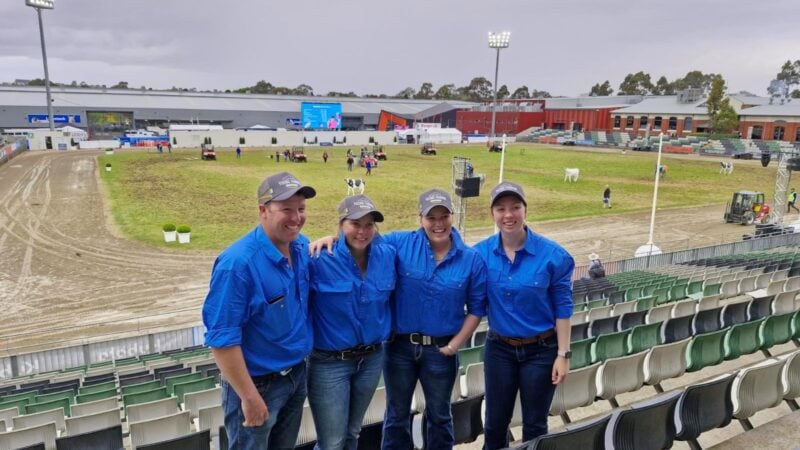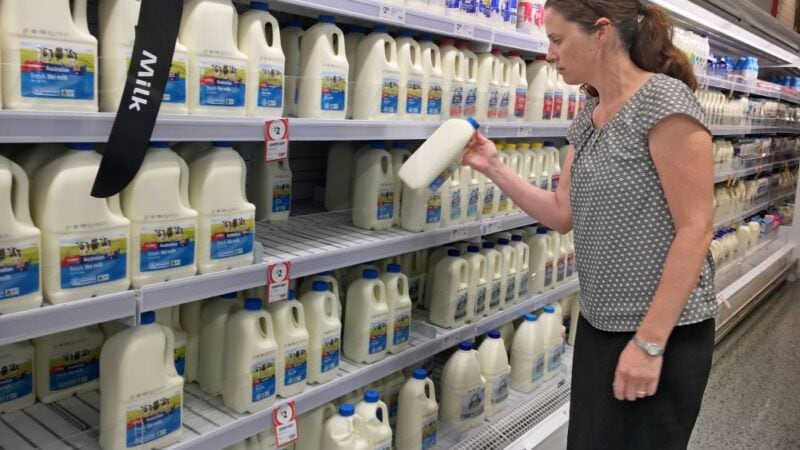Traditionally in Australia, the family farm has been passed on to the next generation. But…
Starting a business, the smart way

It was Bradfield, the architect of the Sydney Harbour Bridge, who suggested that the answer to our water problems was to reverse the flow of some of our rivers.
While turning back the tide may be the stuff of miracles, it appears that in another way a flow from rural areas is being reversed, but this time its people, not water.
Over the past few years a demographic shift has been underway in Australia as predominantly young people trade in the city for rural town life. Unable to make headway in the urban property market many have moved to country towns where property prices are much more affordable.

The fall out of COVID-19 has meant that many people are now working from home and while the NBN leaves much to be desired for city users, let alone rural subscribers, it does provide a channel for workers to undertake many jobs remotely and online.
Australian Bureau of Statistics (ABS) research on population trends and Census data backup independent research such as a report from the Regional Australia Institute (RAI), entitled The Big Movers. According to RAI CEO, Liz Ritchie, how Australians work has been changing and this has allowed for significant population growth in regions.
Sydney and Melbourne have lost more people to regions than they�ve gained over the past decade in a trend that was established well before COVID-19. Ritchie pointed out that the impact of the pandemic had forced a change to how we work with location no longer a barrier.
Between 2011 and 2016, more than 1.2 million people either relocated to regional Australia or moved around regional Australia from one location to another.

Business boom
With the population growth in country towns there has also been an increase in new businesses opening to serve the new residents. Everything from coffee shops to jewellers, franchise food stores and many others.
Many farmers have seen the opportunity to set up off-farm income by establishing online or consulting style businesses.
The latest ABS data shows that there are approximately 2.37 million actively trading businesses in Australia, with more than half being operated by a sole proprietor. Registered company structures with multiple owners make up the second largest group.
The stats also show that there has been consistent growth in the number of businesses established in rural areas.
But setting up a new business needs to be thought through carefully � while there can be major benefits, there are obligations and responsibilities which must be met.
Getting it right from the get-go
According to University of Technology Sydney research into small to medium businesses, one in three new enterprises in Australia fail in their first year of operation, two out of four by the end of the second year, and three out of four by the fifth year.

The UTS research states that this very high attrition rate is due to a lack of planning and ground work by the business owner.
There are implications for not getting this initial phase right. First you need to register an Australian Business Number (ABN), which will allow you to register for the Goods and Services Tax (GST) credits and other business benefits. In addition, an ABN is required if you are registering a web domain name and setting up a commercial website.
Regardless of the type of business you are starting, you will need a business name which also requires registration. The business name for sole traders or partnerships is the same as your and/or your partner�s first and last names. You’ll need an ABN or ABN application number to register in order to register for company, sole trader or partnership name.
If your business has an gross income of more than $75,000 a year, then you will need to register the business for Goods and Services Tax (GST).
Whether you�ve registered your business enterprise as a company, sole tradership, trust or partnership structure, you’ll need to apply for a business Tax File Number. This application process is available for free through the ATO.
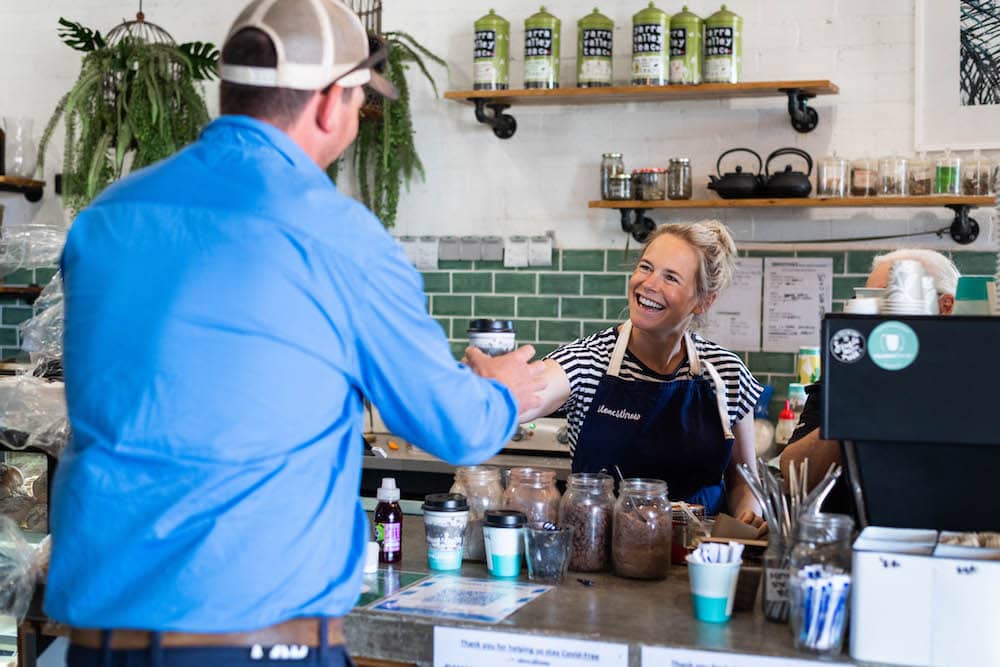
Photo by Rachael Lenehan.
Consult business experts such as accountants, lawyers, your local bank manager or someone you know who runs a successful business, as at this stage you need to understand things such as public liability insurance, operating capital and proper reporting to the ATO.
In most cases small businesses are based on big dreams, but the myriad of rules regulations and indeed obligations on the business owner can be daunting for someone about to embark on the entrepreneurial journey.
But the end result can be very fulfilling and profitable if all the basics are covered.
Statistics show that the main reason for business failures are financial mismanagement and a failure to keep proper records such as invoices and sales data required for taxation purposes.
Much of that can be sheeted home to a lack of business acumen and indeed, basic groundwork in the business set-up process on the part of the business owner.

10 steps to starting a business
1. Identify the reasons for going into business
Are you the right person to run a business? Do you have the necessary skills? Most businesses that fail are established in the first place because the owner has a personal interest. It�s more like a hobby. They enjoy working in the area but haven�t really thought how they are going to make money from the business. There has to be a profit motive. Running a business requires income � there are many costs involved, and a business owner has to make sure they can cover them.
2. Understand the industry that you are entering
Ask questions of people who are already operating in your chosen industry such as how the sector operates and what, if any, are the pitfalls. What are the unique circumstances attached to that business sector? For example, you wouldn�t establish a scuba diving business hundreds of kilometres from the coast.
3. Create a solid business plan
University of Technology Sydney research says that estimates are that only 3 to 5 per cent of Australian small businesses starting from scratch prepare a business plan. That means most people have little idea as to whether their business is viable. Within that plan, the business owner has to be realistic in assumptions and projections. For example, if your estimated revenue of $10 million in the first three years turns out to be less than $1 million in reality, there�s an obvious problem.
4. Build a marketing plan linked to projected revenue
A start-up company needs to define its target market and then work out how to reach it. Whether to use advertising, print, radio, TV and word of mouth. A recent example of a small legal firm that was spending up to $80,000 a year on radio advertisements but they had no way of tracking whether the ads were attracting customers. Eventually they worked out that a majority of clients came through word of mouth, so they stopped the advertisements and saved the money.
5. Plan finances � set a budget and a cash flow projection
Working out what your weekly, monthly and annual costs will be is vital. Most small businesses operate on cash flow � money in, money out. But setting the cash flow budget and sticking to it will mean that you will always have enough to pay your bills when they fall due.
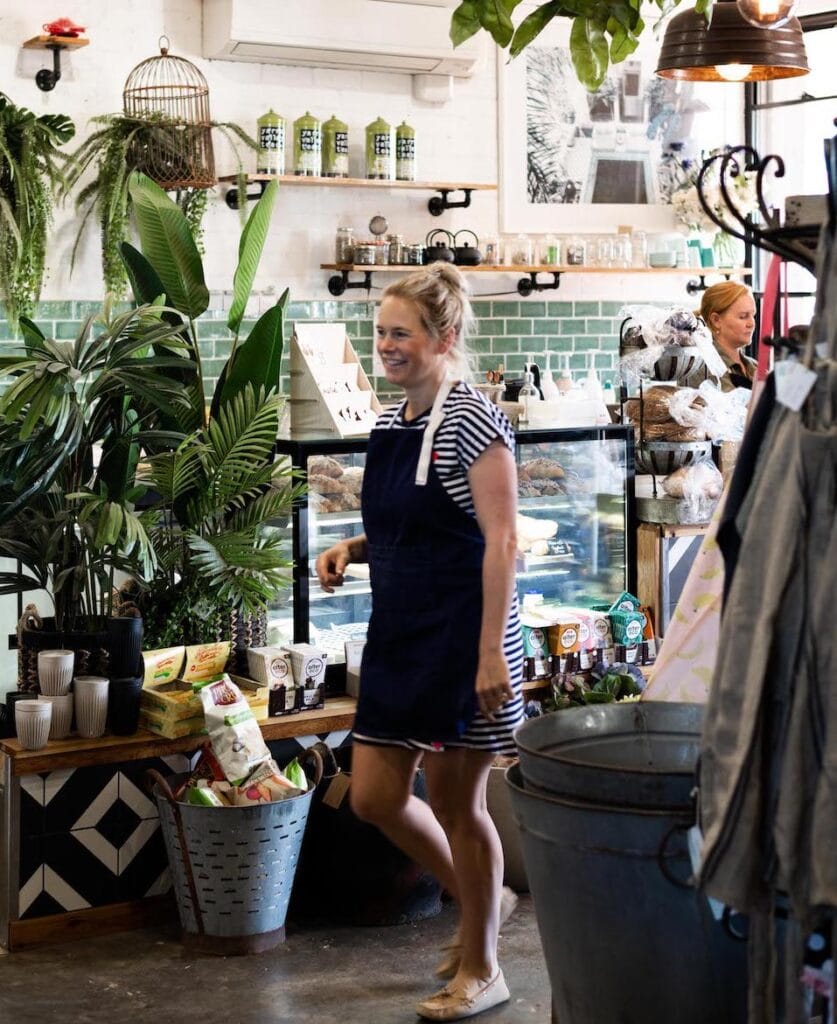
6. Determine the business structure and work out obligations
You have to determine the legal structure of the business. Is it a registered Proprietary Limited Company, or will you be a sole trader, have a partnership or a trust? You have to register through the Australian Securities and Investment Commission (ASIC) � the best approach is to talk to an accountant to find out which option is best for you and your particular business.
7. Consider logistics and operational requirements
Location, location, location. If you are setting up a bricks and mortar business, a shop front or office location, as opposed to an online business you operate at home, the site can make or break the business.
8. Get good external advice
This should probably be item number one. Getting an accountant, lawyer or business consultant to give you some advice on set up and maintenance of the business is vital. A good accountant can be a life-saver and ensure you meet you financial and taxation obligations.
9. Develop the business structure
If the business is going to grow, the owner needs to think about the future. What kind of staff do you need to support you? If you are growing and you bring in more staff, what skills do you need? Do you need internal accounting services for day to day book keeping?
10. Establish exit strategies
The best time to establish an exit strategy is when you start the business. Many SME owners wait till it�s too late to work out how they going to get a return on their investment and equity in their business. A wise accountant once said: �To maximise the return, you need to plan not only at the commencement but also at the divestment.�
If you enjoyed this story, you might like our feature on a new meat delivery business called Our Cow. This start-up is absolutely thriving.


